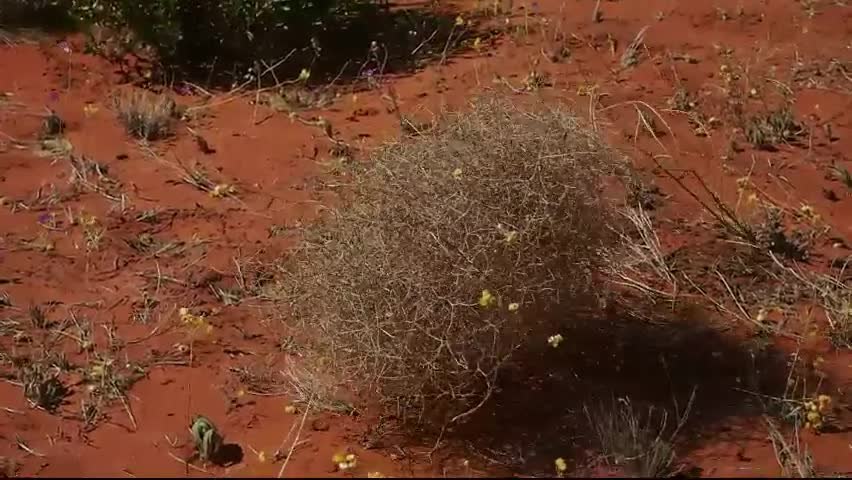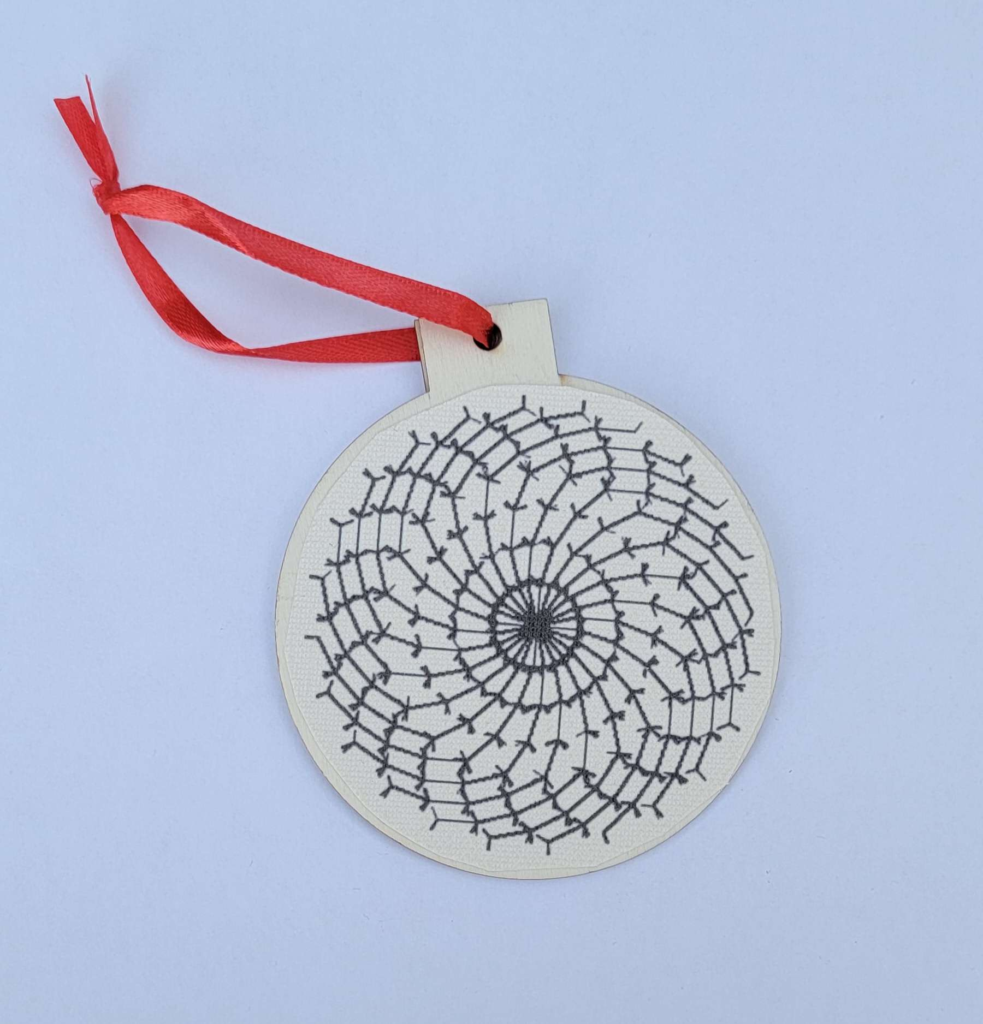Part 1: Turtle Geometry:
PolyHalt(1,1) radius = 57.2
For all the different measurements where angle and length are equal, the circumference of the circle is 360 units.
Circumference of a circle = 2*pi*r
360 =2*pi*r
360/(2*pi) = r
57.2957795131 = r
Part 2: L-Systems
For my L-Systems, I chose a Tree, Yucca, and a Tumbleweed to model.
For the Tree, we have a tree in my parent’s front yard that we planted back when I was a kid.


I had a difficult time setting up my branches to avoid creating one long branch with many shorter branches, but I found success when I included a random multiplier to the “size” variable (distance each segment) along with some small variance from the LSystem language. So there are very few/no lines that are the same length.
For the Yucca, I also started with the picture from my parents front yard. The Yucca used to have one of those long stems sticking out of the top of it (unfortunately it was cut down recently and I couldn’t find a good photo of it) which is what I wanted to model:


I had an especially hard time getting the system to avoid making too many large branches away from the base. But after using some statements in the rules with just [X] and putting the F statement after all of the “branches” instead of before – the Yucca kept many smaller branches near the base, and only a couple larger ones near the top of the stem, which is what I was aiming for.
The last plant I wanted to model is a tumbleweed, unfortunately I completely spaced on getting a picture of a tumbleweed (Taking pictures of tumbleweeds is not something I normally think about doing), so I am using a picture of one i found online here: https://en.wikipedia.org/wiki/File:Tumbleweed_in_motion.webm


I think this is my favorite of the plants that I modeled. The design looks unique, and although it doesn’t immediately resemble a tumbleweed, the core properties are there: pointy stickers everywhere, I had initially intended for the “branches” to be varying lengths, but I couldn’t find a good methodology that allowed me to do so that didn’t end up in one branch being significantly longer than all the others, or the image to quickly turn into a jumbled mess where there were no identifiable features of a tumbleweed. Varying angles had similar results, so I had to stick to a smaller angle with many +,- calls.
For a fabricated object, I printed out the design and put it on an ornament! There wasn’t too much difficulty getting the printed fabric onto the ornament itself, I just had to remember to make sure to put the fabric it was printed on in the correct orientation when I put it in my printer.

Link to my code:
https://handandmachine.org/classes/computational_fabrication/wp-content/uploads/2023/09/Large-Assignment-1.zip
Hello Andy, the tumbleweed is such a cool and unique concept. I am super curious to see further iterations of it. Also I wonder if once you reached the iteration that works the best if you could rotate the image and actually mimic the tumbling.